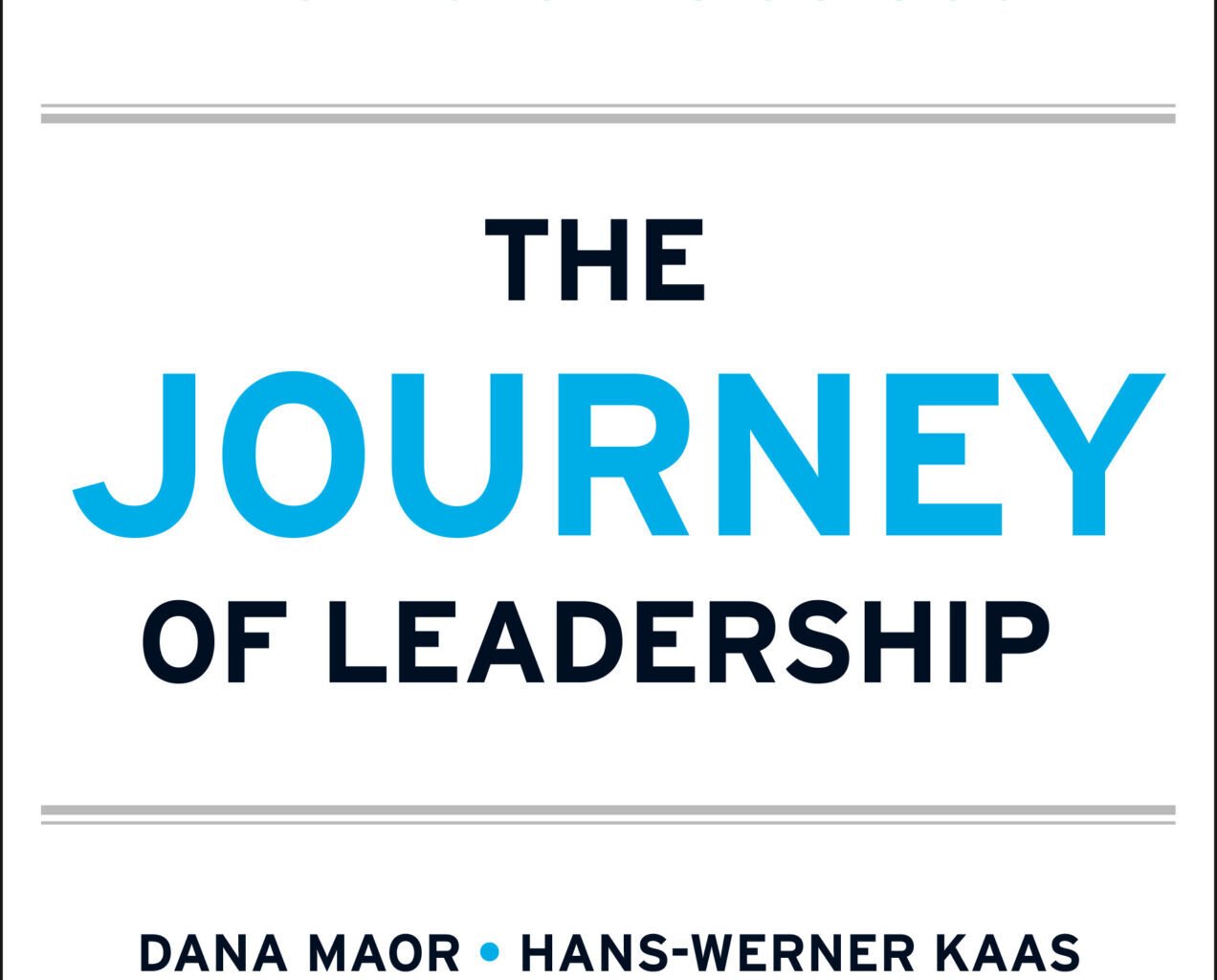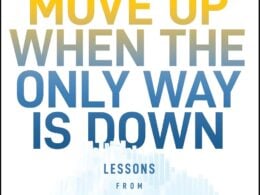The following is an excerpt from The Journey of Leadership: How CEOs Learn to Lead from the Inside Out by Dana Maor, Hans-Werner Kaas, Kurt Strovink and Ramesh Srinivasan. The authors, all senior partners at the management consulting firm McKinsey & Company, discuss how leaders must connect with themselves first before they can inspire and empower their organizations.
Do you allow your team room for error? When that question comes up in a Bower Forum session, a unique platform to counsel and learn from fellow peers designed by McKinsey, everyone answers, “Of course I do.” When they think about it some more, though, many admit they expect their team to succeed. “Isn’t it my job to minimize failures?” asked a CEO of a tech start-up. “We don’t have the luxury of missteps.” Yes and no. Teams that avoid failure miss the point, because people learn as much, if not more, from mistakes as from successes.
As a leader your first inclination when things go awry may be to place blame—“Who’s responsible for this?”—when you should be looking for underlying reasons for the failure. If you start out in one direction and the facts soon suggest that path is a mistake, you have to have the flexibility to change course while asking, “What can we learn? Where are we vulnerable?” The 20th Century economist John Maynard Keynes stands as one of history’s greats, in part because he had the confidence and mental agility to change his opinions. When a critic accused him of being inconsistent, Keynes reportedly retorted, “When the facts change, I change my mind. What do you do, sir?”
Adopting fearless learning stresses the importance of flexibility, open-mindedness, and the ability to adapt to changing circumstances. When leaders and their teams take a risk and fail, which inevitably happens at some point, they need to learn from their mistakes and rapidly adjust to the new circumstances. Often leaders fall in love with a strategy or an idea and pursue it to the end, even if it becomes clear that it is not working. Typically, this is because once you’ve committed to a plan and invested time and effort, it’s extremely difficult to change course. You might fear that you’ll look weak or indecisive to your colleagues or that they’ll think you weren’t smart enough to come up with the right plan in the first place.
Business leaders too often stick to the patterns and plans that made them successful and fail to change when circumstances shift. By contrast, the best leaders take an unbiased look at the world around them and engage in fearless learning and encourage their teams to do the same. In other words, you should not be afraid when you learn something that contradicts your plan. When people win it’s because they are not afraid to fail. They give it a shot; they show up and try something new. They’re looking ahead—not back.
Putting fear aside and adapting to dynamic conditions is something retired admiral Eric Olson understands well. As a coach at the Bower Forum, he helps attendees become more agile and nimble when circumstances change in their business or in the world. Olson learned the value of flexibility while serving in the military. As the head of the U.S. Special Operations Command, he was the senior military adviser in the CIA situation room the night of the bin Laden raid, along with CIA director Leon Panetta, who had been put in charge of the operation by President Obama. The mission was not perfect by any means, but it was successful, largely because the operators in the air and on the ground were highly adept at adjusting the plan in response to changing circumstances.
Mike Maples on Pattern Breakers: Why Some Startups Change the Future
Olson later said, “The aircrews and SEAL teams must have the right equipment and finely honed skills, of course, but the key is they are composed of individuals who can unhesitatingly fall out of love with the primary plan and shift to a backup plan or develop a new one. If the map says one thing and the terrain turns out to be different, they follow the terrain, not the map.”
Olson knows from experience that you can train and train to get it right, but inevitably things go wrong. What is needed is quick thinking and a mindset that allows you to rapidly overcome your hardwired tendency to stick with the original plan. The precision and the quick, on-the-spot thinking that the Navy SEALs displayed that night during the bin Laden raid have been well documented. What isn’t as well known is that the raid was the culmination of years of training for mistakes so that when it counted, each team member could take the initiative and own a mission, a problem, or a project, adjusting to things that didn’t go as planned. This works because the leaders’ trust in their subordinates to do the right thing is near absolute.
When Not Taking a Risk Is the Riskiest Path for Your Company
In the corporate world, too many times well-meaning leaders can’t resist jumping in and solving problems for their team. This can demotivate and disempower individuals, who then hesitate to act boldly. The best leaders know that the job of a team leader is to put the right members in place, give them the tools to do the job, and then remove any obstacles that might prevent them from solving the problem at hand. But that’s not enough. As a leader, you must allow your team to make mistakes in order to learn from them. You must expect mistakes to be made and have contingency plans to recover from them. You must accept that even without mistakes, circumstances will change.
Excerpted from The Journey of Leadership: How CEOs Learn to Lead from the Inside Out, in agreement with Portfolio, an imprint of Penguin Publishing Group, a division of Penguin Random House LLC. Copyright © McKinsey & Company, 2024.







